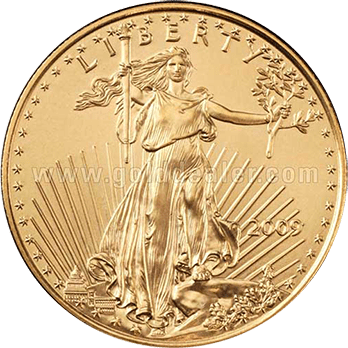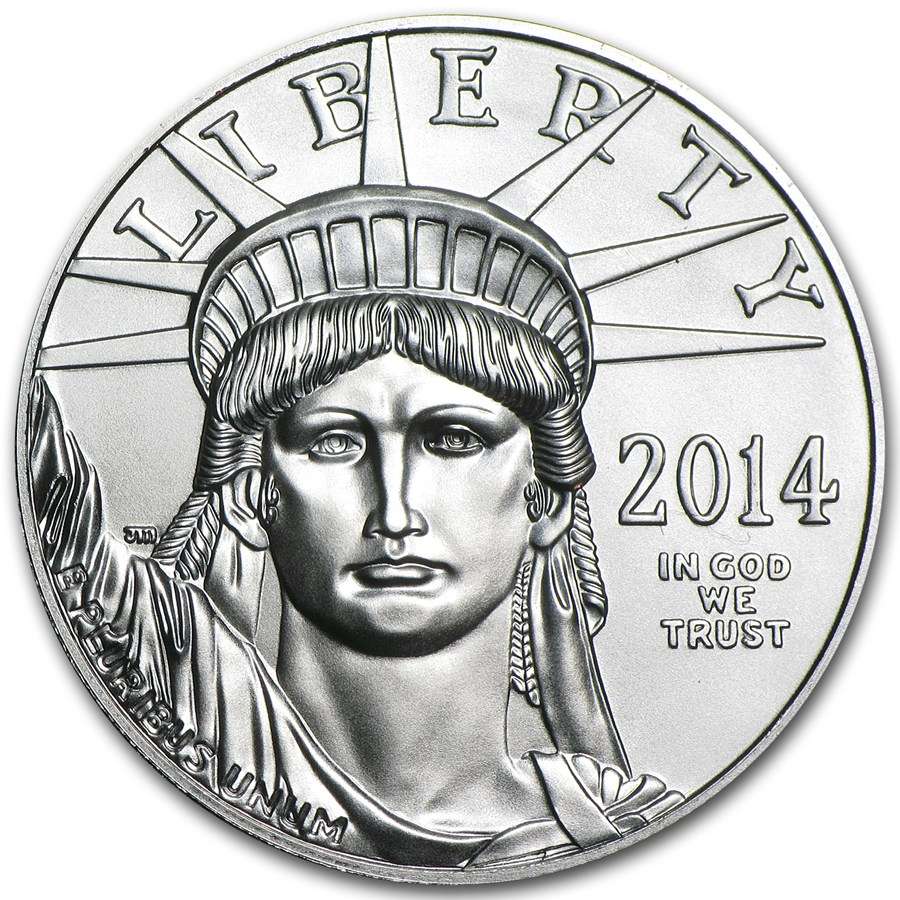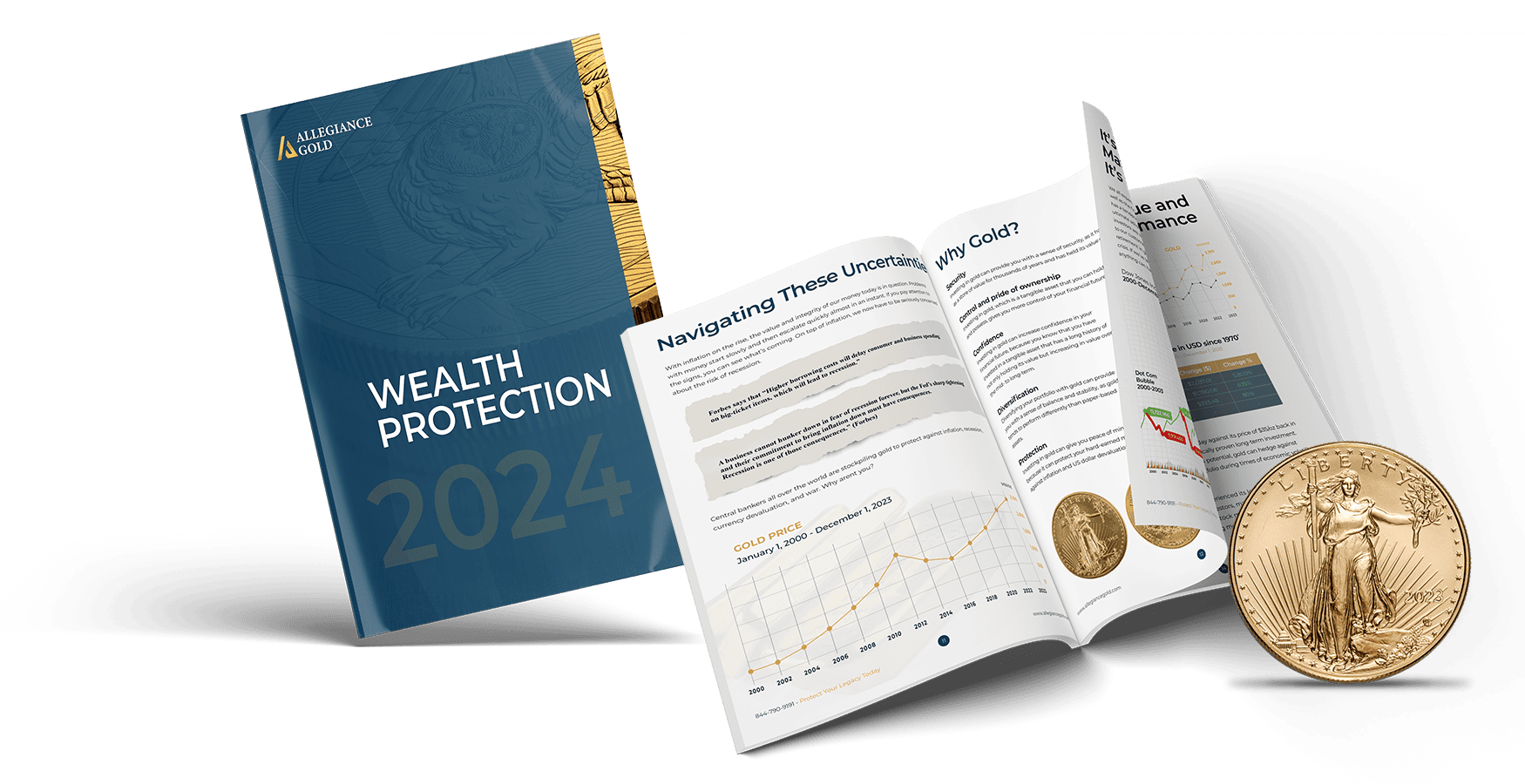As an investment, gold is a safe and profitable harbor especially when other investment classes such as stocks and bonds are not doing well. Therefore, a well-funded IRA makes a perfect source of funds to start an investment in gold. But, before you withdraw any money from your IRA, it pays to understand all of your options and to avoid unforeseen tax consequences.
Gold in an IRA
Although you do have the option to withdraw money from an IRA account and use the proceeds to buy physical gold, doing so may result in an income tax liability and possible early withdrawal penalties on the amount withdrawn. Therefore, the proper way to withdraw is to initiate a Rollover or a transfer. A Rollover is simply another option you have where you can allocate some or all of your 401(K) / IRA funds to a retirement plan specifically designated for precious metals (Gold IRA). Hence, using the 401(K) / IRA Rollover wrapper to buy gold maintains the tax advantages of investing through an IRA and eliminates any income tax liabilities and/or early withdrawal penalties and fees.
Why do I need a Gold IRA Custodian?
Similar to a traditional IRA, a Gold IRA requires an approved custodian to administer your Self-Directed IRA account. Therefore, the rules for individual retirement accounts allow an IRA owner to invest in physical gold coins and bullion with IRA assets as long as a custodian, such as Strata Trust a national leader in precious metals IRAs, administers your Gold IRA investment. The custodian’s role is to adhere to the IRS tax rules, ensure proper reportability, certify and confirm that the physical precious metals meet the highest required purity level, and are safely stored and fully insured for your benefit.
Is it safe to own gold in an IRA?
In retirement, you need an investment that either generates income or is reasonably expected to maintain value at all times so you can sell it in the future and use it for consumption purposes. Investing in gold accomplishes both goals. You are essentially acquiring an asset that not only has retained its value for the past thousands of years, but also has been appreciating over time. Unlike stocks, mutual funds, ETFs, etc., physical gold will never lose its value and it’s not subject to bankruptcy during economic collapse or inflation. Therefore, it is considered one of the safest investments an individual can ever make.
Gold IRA In-Kind Distribution vs Cash RMD.
Once you reach age 70 ½ , annual required minimum distributions RMD must be taken from your tax deferred traditional IRAs. Whether it’s a Traditional IRA or Gold IRA, you need to have sufficient liquidity to take your required distributions. However, only Gold IRAs can offer you an alternative to liquidity and that is called an In-Kind Distribution. An In-Kind Distribution is the action of meeting your Minimum Required Distribution needed in the form of Physical Gold instead of cash currency. In most cases choosing the In-Kind Distribution will result in some tax benefits where the individual will only be taxed on the Spot price of the metals, also known as the Melted price, instead of the true value of the coin or bar. It is wise to consult with your accountant or financial planner to ensure that you meet the minimum required distribution value.
Traditional IRA vs Gold IRA fees
Although it is highly recommended to have both types of IRAs, one cannot ignore the fact that fees will be associated with either one of them. However, it is known to be costly to have a managed Traditional IRA where, on average, compounding fees of 1% to 3% of the invested value go to the custodian. In addition to the advisor’s compensation labeled as management fees, there are various hidden fees that a typical mutual fund charges listed under expense ratios for record-keeping/custody fees and various account maintenance charges. Unlike Traditional IRA, a Gold IRA will have a flat annual fee. To simplify the comparison, let’s assume that an individual opens two accounts with an Initial investment of a $100K in each. A Managed Traditional IRA with a 2% fee will result in $2,000 annually in fees while the Gold IRA fee will only be a $175 annually. In other words, you would pay $1825 in additional fee to have a traditional IRA instead of a Gold IRA.


 Gold Products
Gold Products Silver Products
Silver Products Platinum
Platinum